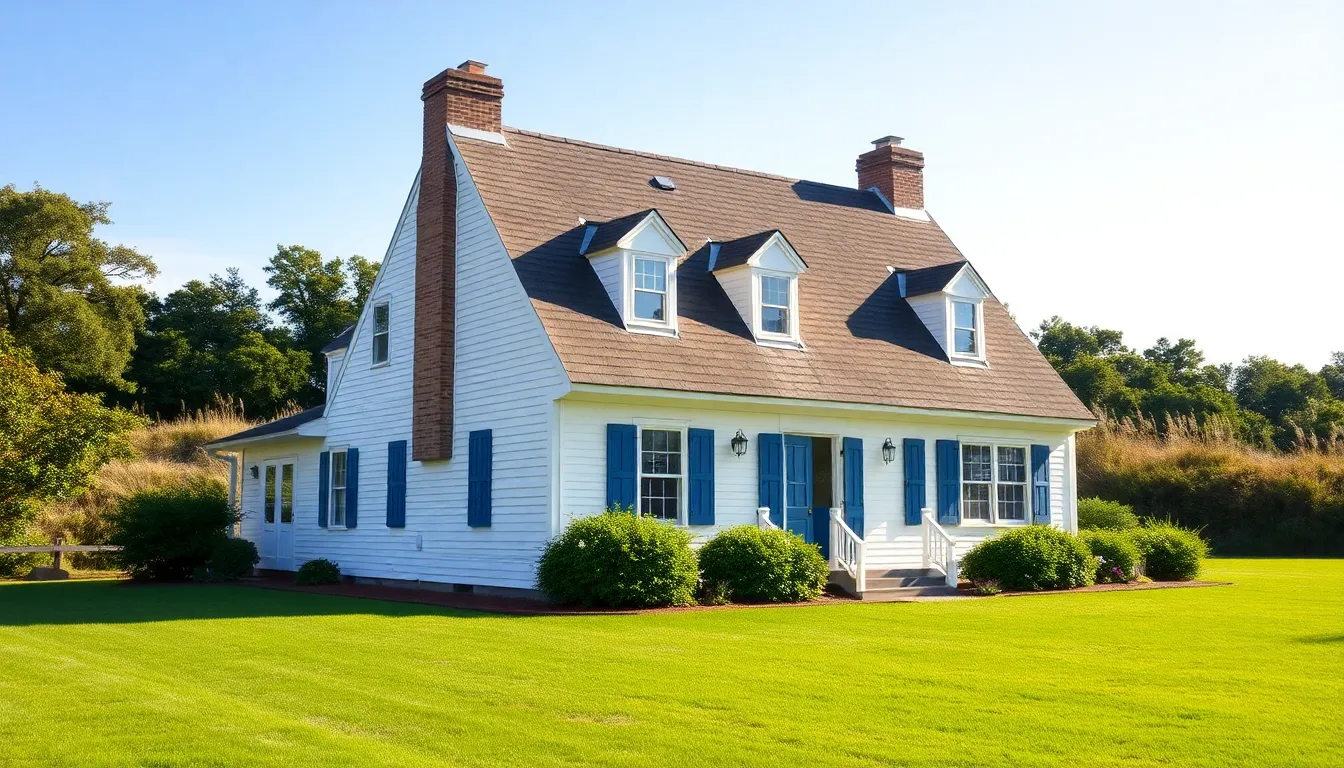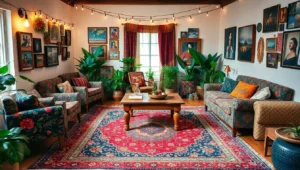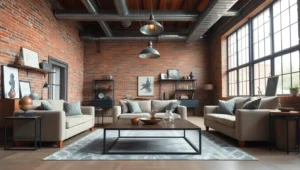Cape style homes have a charm that’s hard to resist. Picture this: a cozy, unpretentious abode with a sloped roof, nestled among trees or alongside the beach, welcoming guests with open arms. It’s a style that brings back a hint of nostalgia while providing modern comfort. If you’ve ever wondered why so many people find themselves enchanted by these homes, buckle up. We’re diving into the roots, features, and benefits of living in a cape style home that might just have you dreaming of your own.
Table of Contents
ToggleHistory and Origins of Cape Style Homes

The origins of cape style homes trace back to the 17th century, primarily in New England. Created by early settlers, these homes were tailored to withstand harsh winters while providing ample warmth. They drew inspiration from the quaint cottages of England, adapted to the American landscape. The first notable example was the Cape Cod cottage, built for practical purposes. Simplicity was key: these homes often featured one or one-and-a-half stories, a steeply pitched roof, and symmetrical facades. This structure not only survived New England weather but also complemented the stunning coastal vistas. Over time, the design evolved, but the essence remained rooted in that original, enduring practicality.
Characteristics of Cape Style Homes
Cape style homes are nothing if not distinctive. Their exterior elements often feature wooden clapboard siding or shingles, evoking a sense of warmth. The commonly sloped roof is usually adorned with dormer windows, perfect for letting in that glorious natural light. These homes welcome you with a symmetrical front door flanked by evenly spaced windows, making it hard to miss their inviting charm.
Exterior Design Elements
The exterior isn’t just for show: it serves a purpose. The steep pitch of the roof allows snow to slide off, preventing build-up during harsh winters. In many cases, a central chimney rises from the roof, hinting at cozy fireplaces within. Folks often personalize their homes with shutters, colorful front doors, and meticulously landscaped gardens, adding to the overall aesthetic appeal.
Interior Features and Layout
Upon entering, one might notice the straightforward, open floor plan. The first floor typically contains a combined living and dining area, often linked to a modest kitchen. This flow not only maximizes space but fosters a sense of togetherness, a perfect layout for families or gatherings. Bedrooms, often tucked away upstairs, provide a quiet retreat, emphasizing comfort without sacrificing coziness.
Variations of Cape Style Homes
While the classic Cape Cod may steal the spotlight, the truth is, there are several variations worth noting. From modern takes to distinctly regional adaptations, each home tells its own tale.
Cape Cod vs. Other Styles
Cape style homes differ from other popular American architectural styles, such as Colonial or Victorian, through their simplicity and functionality. Unlike the ornate details found in Victorian homes, capes often have a straightforward, no-frills aesthetic, focusing instead on comfort and practicality.
Regional Adaptations
Geographical variations have also played a role in the evolution of the cape style home. In coastal areas, the homes might feature raised foundations to cope with flooding. In snowy regions, thicker walls for insulation become the norm. So, a cape style home can vary widely depending on its location, blending seamlessly into its environment.
Benefits of Living in a Cape Style Home
Choosing to live in a cape style home brings a host of benefits that go beyond just aesthetic pleasure.
Energy Efficiency
One standout feature is energy efficiency. Cape style homes are designed to retain heat, thanks to their compact shape and efficient insulation methods. This means lower energy bills and a smaller environmental footprint, something every eco-conscious homeowner will appreciate. Many homeowners opt for modern heating solutions that complement the home’s inherent efficiency.
Space Utilization
Another significant advantage is the practical use of space. Capes often come with built-in nooks, closets, and storage areas that maximize every square foot. The upstairs often has extra space that lends itself beautifully to being a guest room or home office. No matter the size, capes manage to deliver a sense of spaciousness that feels inviting.





